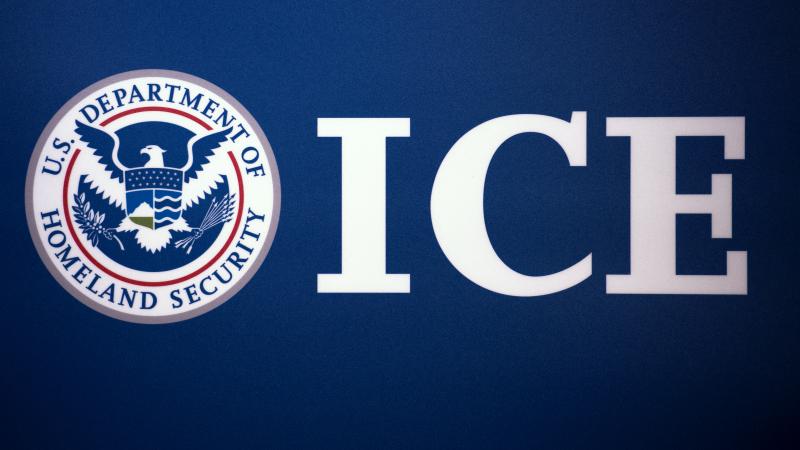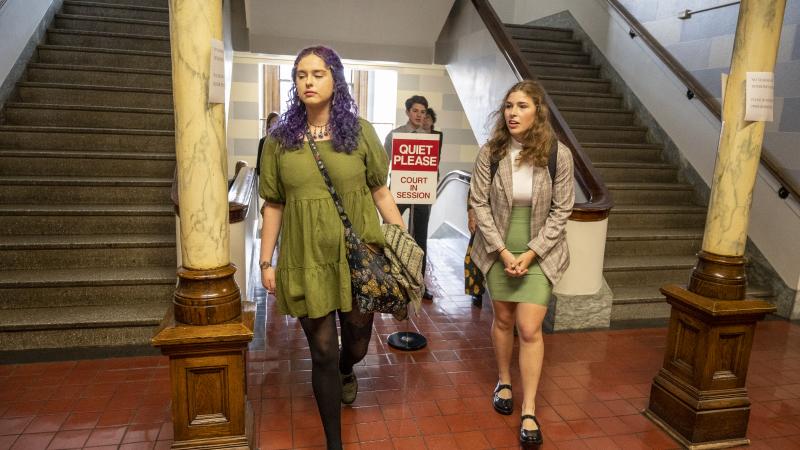NIH failed to test coronavirus drugs, studied drunk monkeys, soap operas, and tailgating instead
Expert warned agency as much as 87.5 percent of biomedical research was wasteful.
On a steamy summer day inside the lecture auditorium of the storied National Institutes of Health headquarters, Dr. Michael Bracken delivered a stark message to an audience that dedicated its life, and owed its living, to medical research.
As much as 87.5% of biomedical research is wasted or inefficient, the respected Yale University epidemiologist declared in a sobering assessment for a federal research agency that spends about $40 billion a year on medical studies.
He backed his staggering statistic with these additional stats: 50 out of every 100 medical studies fail to produce published findings, and half of those that do publish have serious design flaws. And those that aren’t flawed and manage to publish are often needlessly redundant.
“Waste is more than just a waste of money and resources,” Bracken preached to the audience back in July 2016, according to the NIH’s official account of the speech. “It can actually be harmful to people’s health.”
Nearly four years later, Bracken’s sweeping indictment about the financial management, organization and conduct of federal medical research looms large over a series of “what if” questions about the deadly and ever-spreading COVID-19 pandemic:
- What if the research community hadn’t bet all its marbles on the next pandemic coming from a flu instead of a version of the coronavirus?
- What if NIH or other agencies had funded research into the efficacy of drugs like chloroquine, hydroxychloroquine, remdesivir, and HIV cocktails that had shown promise against coronavirus dating back to 2003?
- What if more pressure had been applied by the medical governance world to develop vaccines aimed at coronavirus?
- What if the medical community had simply adjusted its outdated modeling that predicted coronavirus would spread slowly and could be contained to account for the massive growth in global air travel the last decade that transported this virus from China to the West in treacherously fast time?
Correspondent Christine Dolan laid bare in an article Thursday in Just the News how the major failures, miscalculations and bad bets that the official science world made on coronavirus are now coming back to haunt the current pandemic.
As Dr. Carlos Del Rio, the Emory University infectious disease specialist and former CDC disease hunter, aptly noted: “There are multiple faults. And in the end, we were woefully unprepared.”
Del Rio’s assessment — shared by many infectious disease colleagues — will certainly drive plenty of armchair quarterbacking when the current outbreak recedes. Challenging doctors in the middle of the crisis is neither politically popular nor effective when their attention should be on their many critically ill patients.
But at some point — if America is to learn from this crisis — the policymakers and NIH overseers will need to address the clarion warning that Dr. Bracken made four years ago inside Uncle Sam’s most prestigious medical research institution.
His assessment — if true — would mean that $30 billion or more of NIH’s annual funding is wasted, inefficient, redundant, or flawed.
Coming to grips with that problem will undercut the big excuse that medical researchers often make when challenged about failure: There isn’t enough research money, so they make decisions based on the biggest risks they see to public health.
Senate Homeland and Governmental Affairs Committee Chairman Ron Johnson, R-Wis., told Just the News on Thursday night he plans to investigate why the medical community was so poorly prepared for this pandemic.
“Once the current crisis has passed, Congress must conduct thorough oversight to understand why we weren’t better prepared and take corrective for the future,” he said.
Several of the researchers whom Dolan interviewed suggested there weren’t enough resources to simultaneously plan for both a flu pandemic and a coronavirus pandemic, so they simply skipped the clinical trials on treatments for the latter.
There wasn’t enough in a $40 billion a year pot of money to plan for two pandemics?
As you weigh that question, consider this: In the 15 years since evidence first emerged that drugs like chloroquine might help in a coronavirus pandemic, NIH spent:
- $3.7 million so researchers at Oregon Health & Science University could compel monkeys to drink excessively to determine the impact of drunkenness on tissues, organs and central nervous systems.
- $3 million to study why lesbian women are likely to be two times more overweight than gay men.
- $700,107 for the study of the impact of televisions and gas generators on villages in Vietnam.
- $542,074 for a 12-episode soap opera on the love lives of HIV-infected patients.
- $3.54 million for a series of anti-obesity hip-hop songs to see if they would encourage kids to skip the fries and eat healthier.
- $35,000 for a University of Missouri study on whether text messaging college students before pre-football game tailgates would lead to less alcoholism.
- $350,000 for Yale University and Arizona State University to measure whether young adults between 21 and 30 would lose more money gambling if they drank alcohol.
- $721,000 for an Arizona company to develop a flight simulator to study drunken piloting.
Just two days ago, in the midst of surging coronavirus deaths in America, NIH released a joint study by its National Cancer Institute and the National Institute on Aging that came to a heady conclusion: If you walk more, you are likely to live longer.
“We wanted to investigate this question to provide new insights that could help people better understand the health implications of the step counts they get from fitness trackers and phone apps,” the researchers explained.
To accentuate that Dr. Bracken’s warning on redundancy four years ago hasn’t been heeded: NCI funded a prior study published just one year earlier at Brigham and Women’s Hospital and Harvard Medical School. The conclusion was mostly the same: “Death rates declined with more steps taken each day.”
Tying NIH research to popular fitness trackers and pedometers will get plenty of media attention, but the proposition that more exercise leads to better health is already irrefutably accepted.
And that is little solace to an intubated coronavirus patient laying in an ICU bed who wonders if there is a drug to treat his or her disease.
The Facts Inside Our Reporter's Notebook
Documents
Dr. Michael Bracken's speech on wasteful spending
Links
- Dr. Michael Bracken bio
- NIH official account of Dr. Bracken's speech
- Just the News article on failure to test coronavirus medicines
- Oregon Health & Science University research on drunken monkeys
- NIH study on why lesbians are more overweight than gay men
- NIH study on the impact of televisions and gas generators on Vietnamese villages
- 12-episode soap opera on the love lives of HIV-infected patients.
- Anti-obesity hip-hop songs
- University of Missouri study on alcohol and tailgating
- Yale University and Arizona State University research on drinking and gambling loss
- National Cancer Institute and the National Institute on Aging on walking and mortality
- NCI 2019 study on walking and life expectancy for older women
















